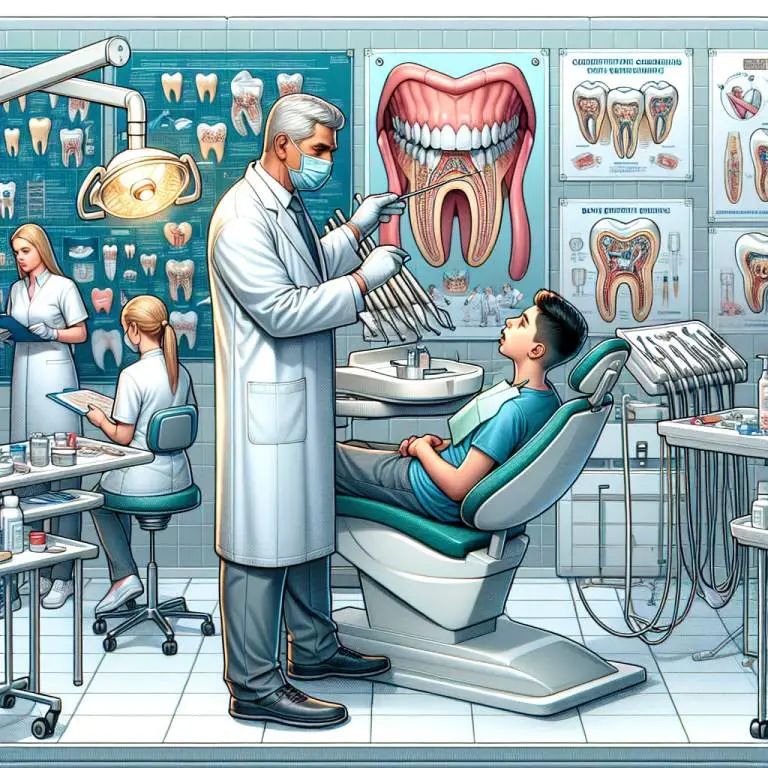Can forgetting to mew at night set back my progress?
Forgetting to mew at night can slow down your progress, but it won’t completely ruin it. Your body is still adjusting to this new habit during the day, which helps. Try to keep practicing mewing during the day to strengthen your muscle memory. This way, you might start doing it naturally at night over time.

How Does Mewing Work and Why Is It Important?
Mewing is a technique that involves positioning your tongue against the roof of your mouth. This simple action can help improve the structure of your face over time. When you practice mewing, you’re training your facial muscles to hold your jaw and tongue in a position that promotes better alignment.
Why is this important? Well, proper tongue posture can lead to improved breathing, better sleep, and even a more attractive jawline. Many people don’t realize how much our tongue’s position affects our overall health and appearance. By adopting the mewing technique, individuals can work towards enhancing their facial aesthetics naturally.
What Are the Key Components of Proper Mewing Technique?
The first key component of proper mewing is to ensure that the entire surface of your tongue is pressed against the roof of your mouth. This includes both the tip and back of your tongue. It’s not just about pushing hard; it’s about making sure every part of your tongue makes contact with the roof.
Another crucial aspect is keeping your lips together while maintaining a slight gap between your teeth. This helps maintain the correct posture without straining other parts of your face or jaw. Remember, consistency in practicing these components is what leads to noticeable changes over time.
Can You Mew While Sleeping, and How?
Yes, it’s possible to mew while sleeping, but it takes practice and dedication. The idea is to train yourself during the day so that this posture becomes natural for you. Over time, as you become more accustomed to keeping your tongue on the roof of your mouth, doing so while asleep will become easier.
To help with this, focus on maintaining proper mewing posture as you fall asleep. If you wake up and find that you’ve moved out of this position, simply readjust. With patience and persistence, mewing at night can become a habit just like any other.
What Impact Does Forgetting to Mew at Night Have on Progress?
If you forget to mew at night or struggle to maintain the posture while sleeping, it might slow down your progress slightly. Since consistency plays a big role in reshaping and improving facial structure through mewing, missing out on several hours each night means losing valuable time when your body could be adapting to its new normal.
However, don’t get discouraged if nighttime mewing proves challenging at first. Many people find it difficult initially but see improvement with continuous effort during waking hours. The key is not to give up; even partial success in maintaining proper tongue posture at night contributes positively over time.
| Concern | Impact | Suggestions |
|---|---|---|
| Mewing Posture Not Maintained During Sleep | Potential slower progress in achieving desired facial structure changes. | Focus on maintaining correct tongue posture during waking hours to compensate. Consider a supportive pillow to encourage proper neck alignment. |
| Unconscious Mouth Breathing at Night | May counteract the benefits of mewing by promoting improper jaw and tongue positioning. | Try nasal breathing exercises before bed and ensure the sleeping environment is well-humidified. |
| Inconsistent Mewing Practice | Limits the potential for structural changes and muscle memory development. | Maintain a consistent daily practice of mewing. Set reminders if necessary to check posture throughout the day. |
How Can You Remember to Maintain Mewing Posture at Night?
To remember to maintain mewing posture at night, it’s helpful to create a bedtime routine that includes mewing. Before going to sleep, practice your mewing technique. This repetition can help make mewing a natural part of your nighttime routine.
Another strategy is to place reminders around your bedroom. You could use sticky notes with messages like “Remember to mew” on your mirror or bedside table. Seeing these right before you go to bed can reinforce the habit.
Are There Any Tools or Devices That Can Help With Nighttime Mewing?
Yes, there are tools and devices designed to assist with nighttime mewing. One popular option is a mewing appliance, which helps keep your tongue in the correct position while you sleep. These appliances are similar to mouthguards and can be custom-made to fit your mouth.
Another tool is a posture pillow that supports proper neck alignment, indirectly encouraging the correct tongue posture. Using these tools in conjunction with each other can significantly improve your ability to maintain proper mewing posture throughout the night.
What Other Factors Influence the Effectiveness of Mewing?
The effectiveness of mewing is not solely dependent on technique; lifestyle factors play a significant role too. For instance, staying hydrated helps keep the muscles in your face and throat healthy, which can make it easier to maintain proper tongue posture.
Diet and exercise also influence the results of mewing. A balanced diet supports overall health, while exercises that strengthen the jaw and neck muscles can enhance the effects of mewing. Paying attention to these aspects of your health can improve your ability to successfully change your facial structure over time.
Final Thoughts
Maintaining proper mewing posture at night is challenging but achievable with practice and the right tools. Incorporating reminders into your bedtime routine and using devices like mewing appliances or posture pillows can help ensure you’re consistently practicing good tongue posture.
Beyond just technique, adopting a healthy lifestyle that includes adequate hydration, nutrition, and exercise will support your efforts in achieving optimal results from mewing. Remember, consistency is key when it comes to reshaping facial structure through this method.







